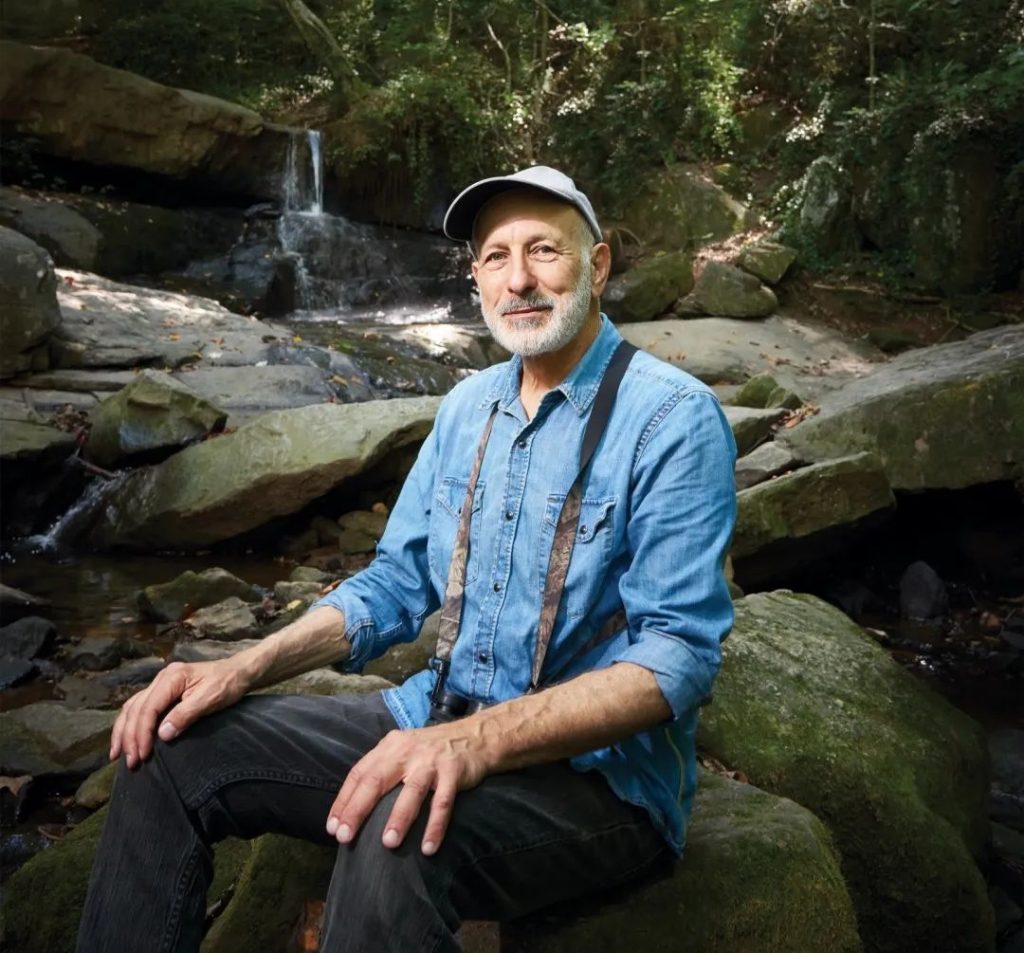Healing Attachment Wounds & Trauma via Pesso Boyden System Psychomotor Therapy (PBSP)
Date: May 16/17, 2024 (online)
Presenter: Gus Kaufman, Ph.D, Senior PBSP Trainer
Intro PBSP theoretically and experientially: exercises and a demo structure

Our brains are not just rational. Our maps of the world include the body, movement and relationship. To heal wounds to these fundamental systems, we need to engage them. PBSP uses these systems to re-map; we closely track body reactions and images rooted in past experience and provide healing antidotes via symbolic interaction with ideal parents and ideal social groups, positioned at the right age and right relationship to build fundamental trust that clients have lacked and need.
PBSP has proven to be a gentle, powerful way to do this healing (See Ch. 18 in The Body Keeps the Score by Bessel Van der Kolk and websites of PBSP programs in the U.S., UK, Netherlands, etc. See https://vimeo.com/732127173)
Dr. Van der Kolk has said he uses PBSP because he feels it’s the only thing that really works. Dr. Kaufman has led and assisted PBSP work (‘structures’) with Dr. Van der Kolk and his wife, movement therapist Licia Sky.
Short Outline
Basic history and theory of PBSP work
- History in modern dance
- Following body signals
- Tension and emotion as indicators of needed interactions
- Basic needs
- Pleasure, satisfaction, meaning and relationship as outcomes of satisfactory developmental interactions vs. pain, frustration, meaninglessness and alienation of non-satisfying or absent interactions
- Three tiers of the work: not enough in (attachment loss), too much in (abuse), too much going out too soon (holes in roles)
Relaxed reflex stance (a way to tune in to body energies)
Demonstrate accommodation (having a role-player meet the need precisely) with two volunteers
Demonstrate (with a volunteer and people enrolled as ideal parents) ideal parent exercise
Ideal parent exercise with all present in groups of four (one gets the turn, one is facilitator, two play ideal parents). Creating a more satisfying outcome.
Demonstration structure with one client –tracking emotions and old patterns that thwart fulfilment, offering alternative, embodied, reinforced paths for positive re-mapping.
Q&A
Learning Objectives
- Demonstrate a way of helping the client tune in to body signals
- Determine or at least theorize when client has dissociative processes activated
- Investigate the historical background of current symptoms with a view toward remediation
- Apply body information to imagine tactics for meeting unmet developmental needs
- Use body information toward creating healing scenarios
- Use other group members and imagination to vivify healing scenes
- Co-create and test healing scenarios to remediate sequelae of childhood loss and abuse
Workshop includes experiential demonstrations. (If we do the workshop via Zoom, it would be better if participants were in small groups)
- Time: May 16-17, 7:30-9:30 pm (Beijing time)
- Course fee: early bird 125 USD before April 20, 155 USD after
- Inquiry and registration education@inspirees.com


 Gus Kaufman, Ph.D., clinical psychologist, has lectured and taught around the world. He is a senior trainer (since the late 1970’s) in Pesso Boyden System Psychomotor therapy, a powerful, gentle, body-based method of emotional re-education and healing (see Ch. 18 of The Body Keeps the Score.) Gus has used this in work with groups as various as teens in trouble at a residential school in Massachusetts, people in chronic pain and other therapists seeking personal growth.
Gus Kaufman, Ph.D., clinical psychologist, has lectured and taught around the world. He is a senior trainer (since the late 1970’s) in Pesso Boyden System Psychomotor therapy, a powerful, gentle, body-based method of emotional re-education and healing (see Ch. 18 of The Body Keeps the Score.) Gus has used this in work with groups as various as teens in trouble at a residential school in Massachusetts, people in chronic pain and other therapists seeking personal growth.
Gus sees individuals, groups, couples and families and trains other therapists. A lover of nature and people, Gus has co-founded five non-profit organizations and published many chapters and articles on abuse, healing via body-based interventions, gender and sexual orientation, and other topics.






